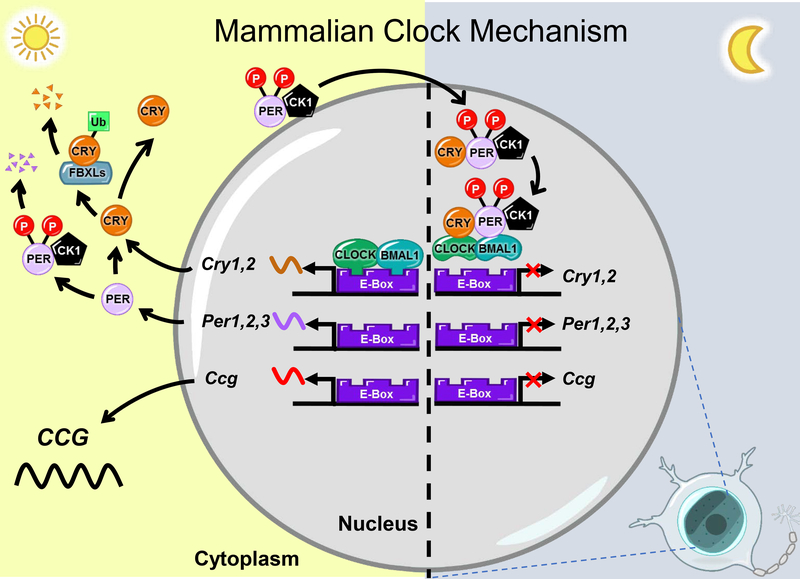Figure 2. The molecular clock generates cell-endogenous circadian rhythms and circadian gene expression of clock-controlled genes (CCGs).
Cell endogenous circadian rhythms are generated by a fine-tuned transcription-translation feedback loop within nucleated cells. The core transcription factors generating these circadian rhythms are the transcription factors CLOCK and BMAL1. CLOCK and BMAL1 form a heterodimer and bind to E-boxes in regulatory regions to promote the expression of clock genes, including Per1/2/3 and Cryl/2, as well as clock controlled genes (Ccg containing E-boxes in their promoters. Per1/2/3 and Cryl/2, along with the Ccgs’ translocate to the nucleus for translation. To generate a circadian rhythm in gene expression, PER1/2/3 and CRY1/2 proteins form a complex and return to the nucleus to inhibit transcription by binding to and inactivating the CLOCK:BMAL1 complex. The stability of PER1/2/3 is regulated by CK1δ, CK1ε, and CK2, enzymes that phosphorylate PERs and promote their degradation. The stability of CRY1/2 is regulated by ubiquitination by FBXL3 and FBXL21. Abbreviations: Bmal1: aryl hydrocarbon receptor nuclear translocator like 1, CCG: clock-controlled genes, CK: casein kinase, Clock: circadian locomotor output cycles kaput, Cry: cryptochrome, FBXL: F-box proteins and Per: period. Adapted with permission from UC San Diego BioClock Studio.

